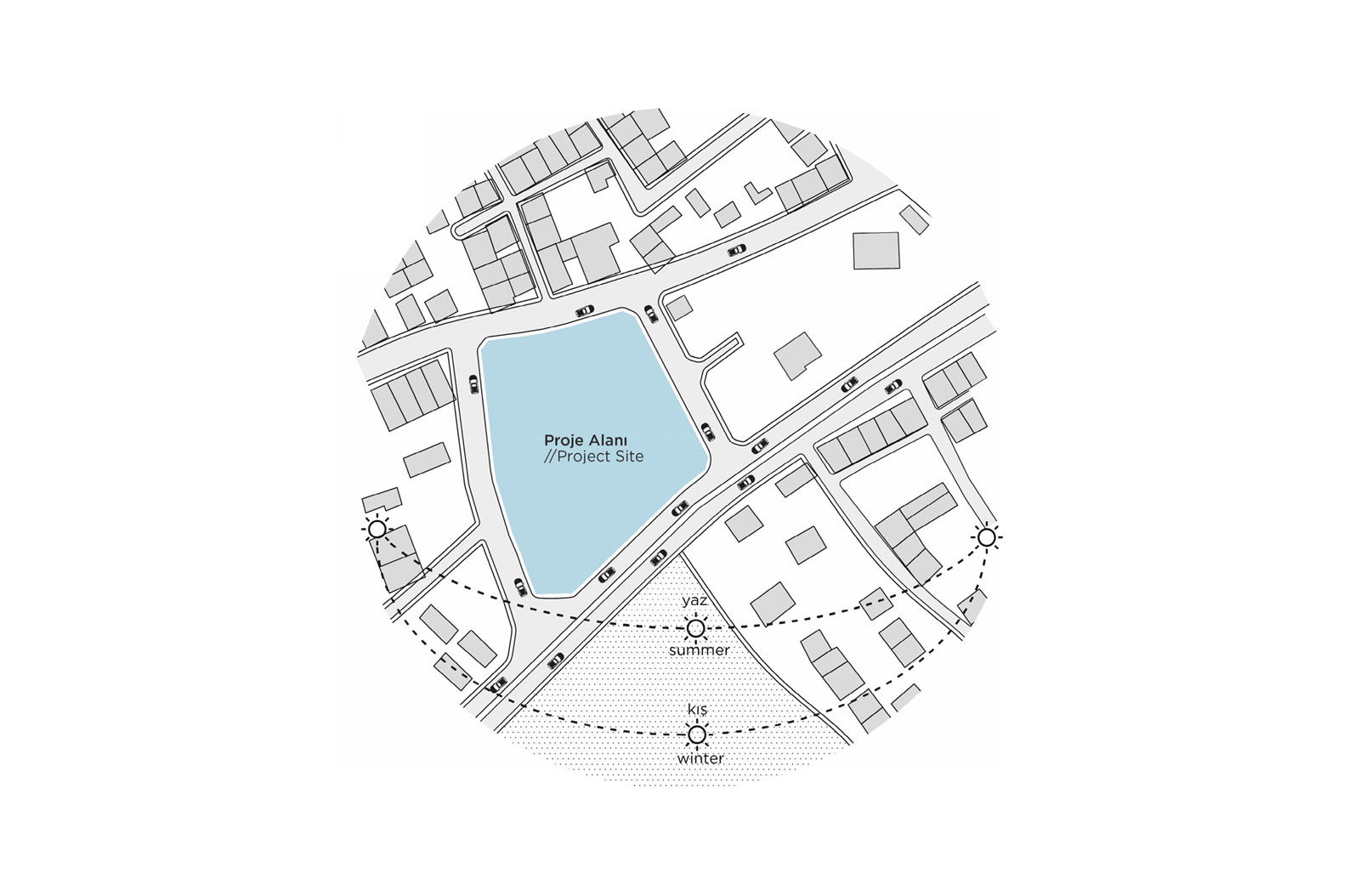“Inspired by the housing typologies and material of the region, we wanted something timeless. Instead of building a mass structure that would prove difficult to change, adjust, and interact with inside / outside, we chose a flexible set of modular clusters. It will be easy to reuse and repair; easy to rebuild for other areas in the region. The site uses adobe, raw concrete, stones, and rammed earth. The buildings and plantation form a sphere and a natural border around it. The plantation will grow local fruit trees, local herbs, and local livelihood, since there is also micro farming. And the site is very friendly to people with disabilities.”
What is KoruMaya’s Mission?
KoruMaya’s primary mission is to improve access to essential services in an underserved area and to give a voice to people without a voice. The modern plaza is focused on protection, education, livelihoods and social services for people under protection threats, people living under the poverty line, and people with traumatized experiences such as fleeing war, forced migration, surviving natural disasters and loss of family. KoruMaya is a safe, inclusive and multi-functional green urban space. A coalition of experts from various civic, academic, public and private stakeholders at local, regional, national and international levels will develop and run the offered programs.









